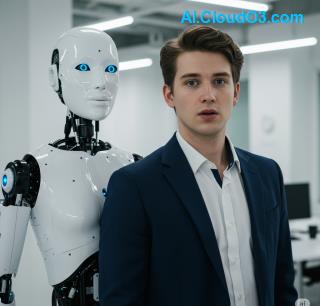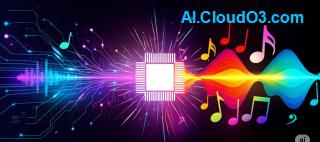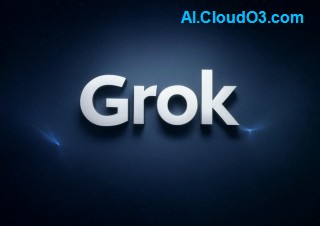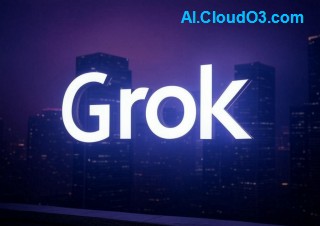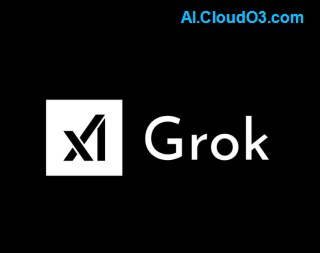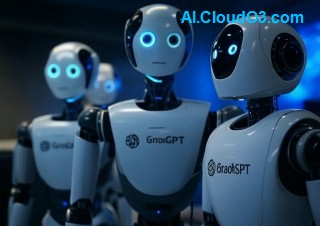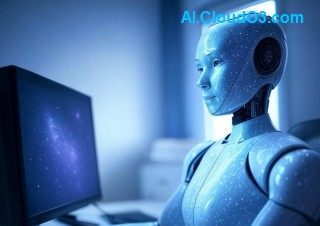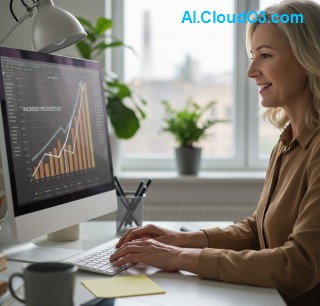In the rapidly evolving landscape of technology, Artificial Intelligence (AI) stands as a transformative force, reshaping industries, economies, and the very nature of work. As AI continues to advance at an unprecedented pace, a critical question emerges: Is AI a golden opportunity for innovation and growth, or a looming threat to job security and human labor? This article delves into the dual impact of AI on the future of work, exploring both the opportunities it presents and the challenges it poses. Using the Inverted Pyramid Model, we’ll start with the most critical insights before diving into detailed analysis and supporting data.
The Big Picture: AI’s Transformative Impact on Employment
AI is no longer a futuristic concept; it’s a present reality. From automating routine tasks to powering complex decision-making systems, AI is already integrated into various sectors, including healthcare, finance, manufacturing, and education. According to a 2023 report by the World Economic Forum (WEF), AI and automation are expected to displace 85 million jobs by 2025, while simultaneously creating 97 million new roles. This net positive suggests that while AI may disrupt traditional employment, it also holds the potential to foster innovation and job creation.
Opportunities: How AI is Creating New Horizons
AI is unlocking opportunities that were once unimaginable. Here are some key areas where AI is driving growth in the job market:
| Opportunity |
Description |
Example Roles |
| New Job Creation |
AI is spawning entirely new industries and roles focused on developing, maintaining, and overseeing AI systems. |
AI ethicists, data scientists, machine learning engineers |
| Enhanced Productivity |
AI tools enable workers to focus on creative and strategic tasks by automating repetitive processes. |
Marketing analysts using AI for data insights |
| Upskilling Opportunities |
The demand for AI-related skills is pushing educational institutions and companies to offer training programs. |
Professionals transitioning to AI-focused roles |
A study by McKinsey Global Institute (2023) predicts that AI could contribute up to $13 trillion to the global economy by 2030, largely through productivity gains and innovation. This economic boost will likely translate into new job categories, particularly in tech-driven sectors. For more details on this report, visit McKinsey’s official site.
Challenges: The Dark Side of AI in the Workplace
Despite its potential, AI also presents significant challenges that cannot be ignored. The primary concern is job displacement. Roles involving repetitive or predictable tasks—such as data entry, customer service, and manufacturing—are at high risk of automation. A 2023 report by Oxford Economics estimates that up to 20 million manufacturing jobs could be lost to automation by 2030.
Moreover, the transition to an AI-driven economy may exacerbate inequality. Workers in low-skill positions are more vulnerable to displacement, while those in high-skill roles may benefit disproportionately. This digital divide could widen existing socioeconomic gaps unless addressed through policy and education.
| Challenge |
Impact |
Potential Solution |
| Job Displacement |
Millions of workers may lose jobs to automation. |
Government-led retraining programs |
| Skill Gap |
Lack of AI-related skills among the workforce. |
Corporate and academic upskilling initiatives |
| Ethical Concerns |
AI systems may perpetuate bias or invade privacy. |
Stricter regulations and ethical guidelines |
For further reading on the ethical implications of AI, check out the insights provided by the MIT Technology Review at their website.
Striking a Balance: Preparing for an AI-Driven Future
The future of work under AI’s influence is neither a utopia nor a dystopia—it’s a complex landscape that requires proactive adaptation. Governments, businesses, and individuals must collaborate to mitigate the risks while maximizing the benefits. Key strategies include:
- Investing in Education: Equipping the workforce with AI-relevant skills through accessible training programs.
- Policy Development: Crafting regulations that protect workers while encouraging innovation.
- Corporate Responsibility: Companies should prioritize ethical AI deployment and support employees during transitions.
As noted in a 2023 article by Forbes, countries like Germany and Singapore are already leading the way with national AI strategies that balance economic growth with social welfare. Learn more about these initiatives at Forbes.
Conclusion: Embracing AI with Caution and Optimism
The impact of AI on the future of work is a double-edged sword. On one hand, it offers unparalleled opportunities for innovation, productivity, and the creation of new industries. On the other, it poses significant challenges, including job displacement and inequality. The key lies in preparation—by investing in education, fostering ethical AI practices, and implementing forward-thinking policies, we can navigate this transformation successfully. The question isn’t whether AI will change the world of work, but how we choose to shape that change. Are you ready to adapt to this new era?
